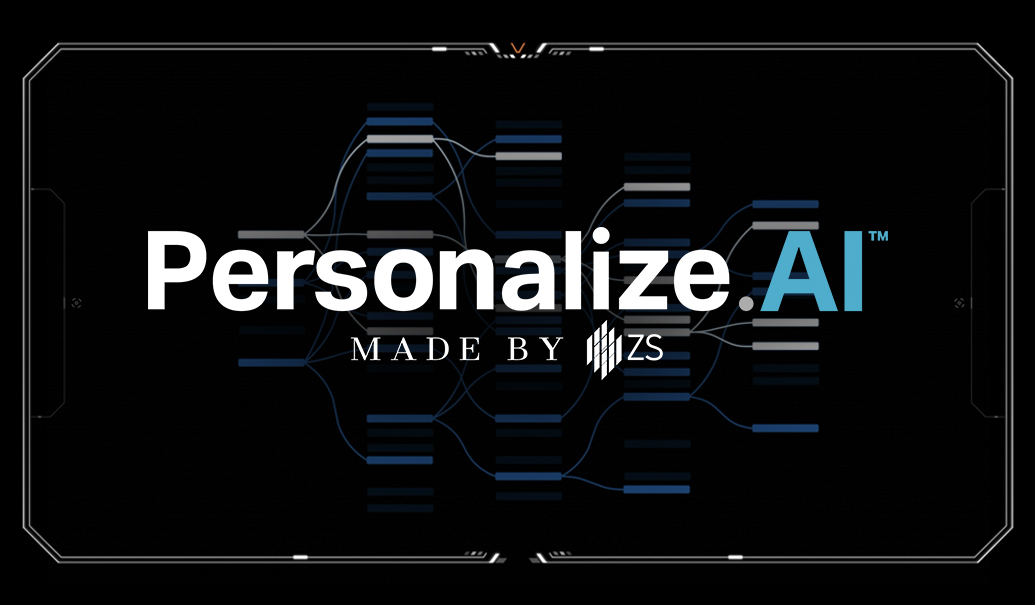A new wave of AI, machine learning and automation has only just begun. With it comes the potential to reimagine occupations, business models, even entire industries. But as we all know, innovation brings with it disruption. As we look to the near future, many of us face uncertainty and disruption in our jobs: Will our work become automated? Will AI free us to be more creative? Will AI become our collaborator or the competition?
Anxiety is high for senior executives as well. During a time when a garage entrepreneur can invent an app that disrupts an entire industry, leaders of larger corporations are eager to play offense and become the disruptors. But with so many unknowns on the horizon, how can we effectively prepare? We can start by recognizing that we’ve been here before.
A few weeks ago, at my daughter’s middle school, my wife and I were handed an article to read, an opinion piece from a school counselor published in The Washington Post called “What Children Can Teach Us About Change, Growing Up.” It emphasizes something we all know but have forgotten: When we were children, we faced a future that was as full of promise as it was uncertainty. We dealt with rapid change within us and around us, and the constant anxiety and ambiguity that came with it. And most of us handled it very well.
In the op-ed, author Phyllis Fagell cited five ways that children deal with change. I’ve listed them below, along with my thoughts on how they can apply to organizations hoping to prepare for technological disruption.
- “Kids keep it simple.” In kindergarten alone, kids need to learn critical social skills like listening and cooperation, not to mention reading, writing and basic arithmetic. How do they do this in nine months? One class at a time. The same principle can apply to organizations looking to incorporate AI: Take it one step at a time. It’s intimidating on many fronts, but don’t overthink it. Start small. There’s no need for big investments. Your first project doesn’t need to be a two-year, cross-functional budget-buster. A next best action model that runs quarterly and provides recommendations is also valuable.
- “Kids prioritize happiness and chase joy.” Before they get to middle school, kids rarely compare themselves to others. Their decision-making process is straightforward: What will make me happy? When choosing what you pursue with AI, prioritize what will make life easier for your teams. You don’t have to use AI in ways that outshine your competitors. Just improve your current situation. If another company or team has pursued a project that interests you, copy them. AI can be leveraged to solve old problems in new ways. Erasing pain points may be the first order of business.
- “Kids roll with change.” Over the course of just a few years, a kid may go through puberty, earn a driver’s license, and experience love and heartbreak for the first time. While their lives may seem tumultuous from the outside, most kids recover quickly from ordinary changes and then prepare for the next. Change within an organization is inevitable too, although it’s rarely that dizzying. As change materializes, accept that projects may need to adapt. Approach such engagements with agility both in design and execution. Be willing to adapt or abandon projects as appropriate. Failing fast and failing small are worthy objectives. Experimenting with AI is like young love: We learn more from the failures.
- “Kids take themselves wherever they go.” Before they sort themselves into cliques, kids are remarkably accepting of differences and openhearted with strangers. While cooperation and sharing must be taught, little ones are remarkably good at this. The power of AI driven solutions is best harnessed by taking an open perspective to solving problems that span multiple business units. Accepting differences across teams is an important and necessary condition to formulating and solving challenging problems.
- “Kids don’t care whether the water is cold.” As the author of the article asserts, if kids want to swim, they may dive in or wade in, but nothing will stop them. Similarly, don’t let your lack of a built-out AI capability stop you from experimenting with small-scale AI and showing some successful proofs of concept. You can achieve impact with AI without a data lake or new enterprise technology. For example, redesigning a forecasting process to take advantage of machine learning capabilities is a self-contained problem that is worth tackling in many organizations.
We tend to accept change in childhood as a given, only to grow resistant to it in adulthood, especially in the gaps between the occasional move, new job, child or marriage. Perhaps this new technology-driven paradigm will create a new social paradigm. We can learn to embrace life as an ever-changing ride that demands the kind of constant growth and adaptation that we’ve always associated with childhood. Perhaps one of AI’s unexpected blessings will be the way it changes our outlooks. I know my daughter has certainly changed mine.















